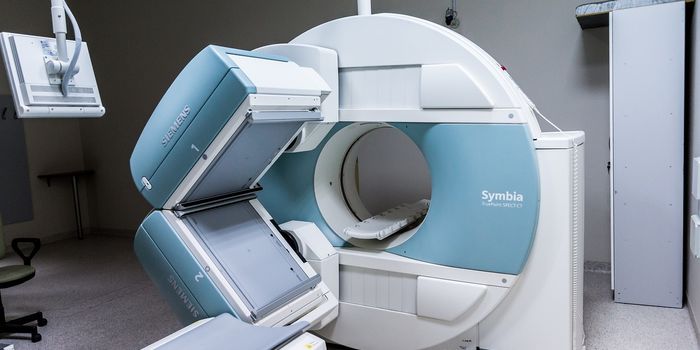AI Designs Drugs From Scratch
Artificial Intelligence (AI) has demonstrated unique qualities in the past decade. Recent research has used AI to further advance software programs and innovate new systems. Now, researchers at the University of North Carolina at Chapel Hill Eshelman School of Pharmacy developed an AI system that can design new drugs from scratch. The AI system, known as Reinforcement Learning for Structural Evolution (ReLeaSE), can teach itself to develop new drug compounds potentially accelerating the drug discovery process. ReLeaSE works as a virtual screening method that can be utilized by pharmaceutical companies to identify the most viable drug candidates. This is particularly useful because common virtual screening methods only identify known chemical compounds, but with ReLeaSE it holds the unique ability to create and evaluate new molecules. "A scientist using virtual screening is like a customer ordering in a restaurant. What can be ordered is usually limited by the menu," says Olexandr Isayev, one of the ReLeaSE creators. "We want to give scientists a grocery store and a personal chef who can create any dish they want."
Specifically, ReLeaSE is an algorithm and computer program that combines two neural networks. The first neural network consists of syntax and linguistic rules behind the properties of chemical structures for roughly 1.7 million known biologically active molecules. The second neural network depends on the first by learning to adapt over time to molecule proposal that may serve as useful as new medications. "If we compare this process to learning a language, then after the student learns the molecular alphabet and the rules of the language, they can create new 'words,' or molecules," explains Alexander Tropsha, a fellow creator of ReLeaSE. "If the new molecule is realistic and has the desired effect, the teacher approves. If not, the teacher disapproves, forcing the student to avoid bad molecules and create good ones."
The creators have now used ReLeaSE to generate compounds with properties that they specified, such as the intended bioactivity and molecular safety profiles. The ReLeaSE method is capable of designing innovative molecules with customizable physical properties, including melting point and water solubility. Interestingly, ReLeaSE is also capable of designing new compounds with inhibitory activity against an enzyme involved with leukemia. "The ability of the algorithm to design new, and therefore immediately patentable, chemical entities with specific biological activities and optimal safety profiles should be highly attractive to an industry that is constantly searching for new approaches to shorten the time it takes to bring a new drug candidate to clinical trials," says Tropsha.
Source: Science Daily








